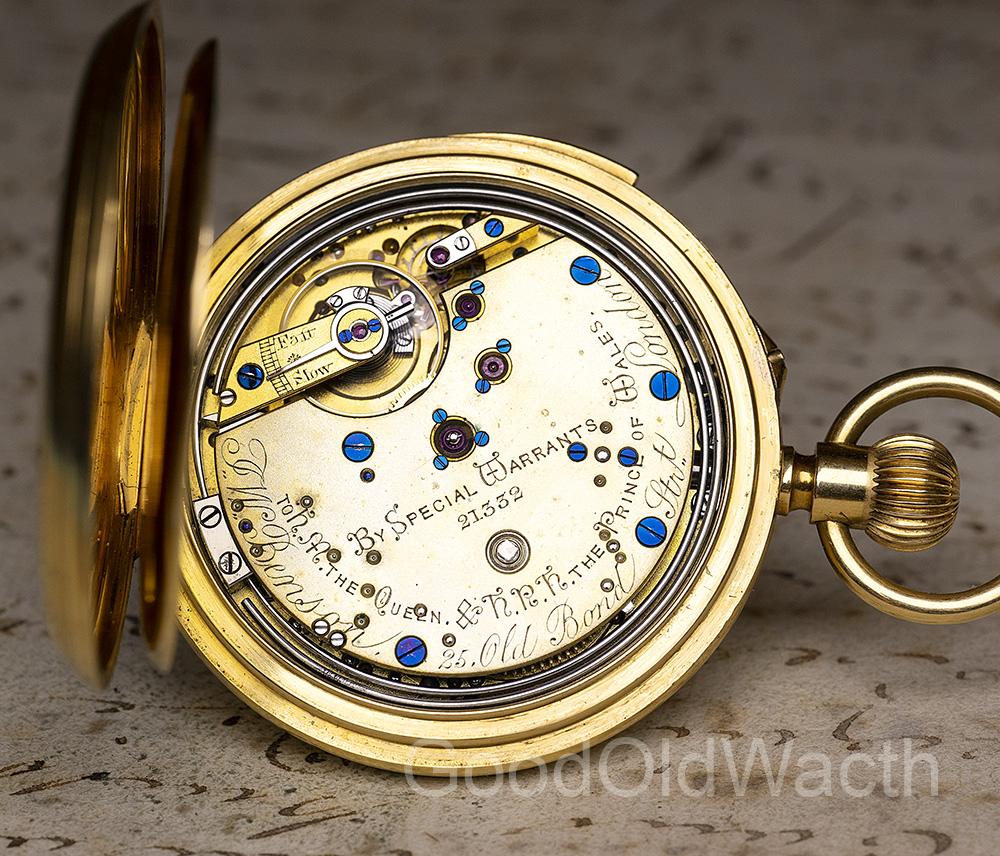

Lever escapementīetween 17, Graham had an apprentice, Thomas Mudge, who went on to be a successful watchmaker in his own right. Both Tompion and Graham are buried in the same tomb in Westminster Abbey. Graham went on to perfect the dead-beat escapement, developed by astronomer Richard Towneley in the mid-1670s. Together they made improvements to the cylinder escapement designed by Tompion, which had been patented by Edward Barlow, William Houghton, and Tompion in 1695. In addition, he was the first (1695) to construct watches with a practical form of horizontal escapement.Īround 1712 Tompion went into partnership with George Graham, who had married Tompion’s niece.

In particular, he is credited with inventing the Tompion regulation (1674–75). He was a pioneer of improvements in timekeeping mechanisms that set new standards for the quality of their workmanship. He is still regarded, to this day, as the “Father of English Clockmaking”. Tompion was a noted English clockmaker, watchmaker and engineer. Famous English watchmaking names include Thomas Tompion (1639-1713), George Graham (1673-1751) and Thomas Mudge (1715-1794).

The years between 16 saw incredible advances in horology in England. In this post, we take a look at the history of English watchmaking. In 1800, around half of the world’s watches, about 200,000 pieces a year, were produced by English watchmakers. However, this certainly wasn’t always the case. Certainly today, it is the source of the vast majority of luxury wristwatches. Switzerland is widely considered to be the centre of the horological universe.


 0 kommentar(er)
0 kommentar(er)
